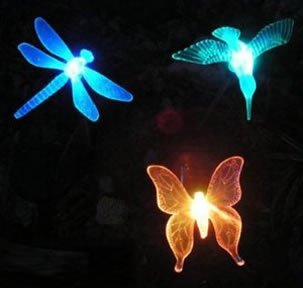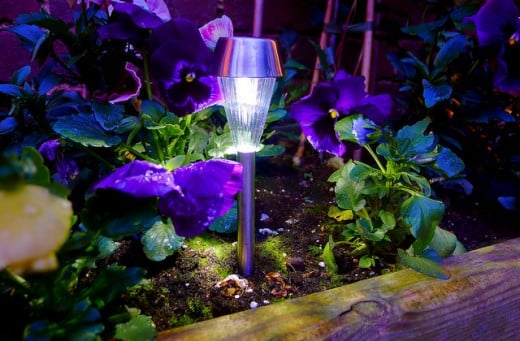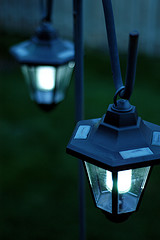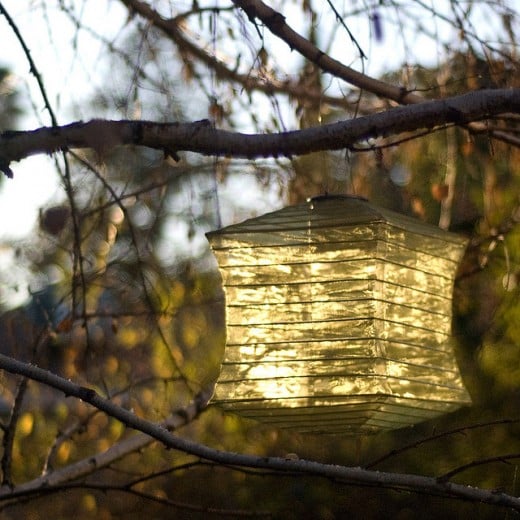Solar Lighting Choices

Let there be light
To set the scene and explain why I have been looking at solar lighting, our house is built on a slope, and as a result there are several changes of level in the grounds. The existing outside lighting, mains lighting, is attached to the building but it only reaches so far and leaves several spots in the dark and there are steps in these areas. We need to make sure that we can safely move from place to place whenever we find it necessary.
There are several choices you have to make if you're looking for outdoor lighting, but almost certainly you will find, as we did, that solar powered lighting must be up there at the top of the list.
We cannot hold a torch to light another's path without brightening our own.
— Ben Sweetland
Why use solar power?
The there are so many benefits of solar lighting such as:
- The lighting uses free and renewable energy.
- It is simple to install. In fact there is no installation.
- There is no need for power cables.
- There is little or no maintenance needed.
- The lights are cool to the touch.
- Solar power can be used while there are mains power cuts and outages.
- It can be used for temporary lighting and transferred somewhere else later on.
- It comes in many different shapes and sizes.
In short, it is a cost effective, safe, environmentally sound, and convenient way to provide lighting.

How to choose your solar lighting
You should probably take the time to think about whether solar powered lighting is the right choice for you, because there may be some other aspects to take into consideration. However there are environmental as well as financial reasons that make solar lighting a very popular choice.
Having come to that decision, you then need to decide what style of light you need and that, of course, is going to be influenced by why you want the lights in the first place. Your choices are, broadly, four:
- Accent lighting to illuminate particular features in your garden, or even possibly to highlight a potential hazard.
- Pathway lighting, as the name suggests, to light up a route. These lights are generally brighter than accent lights.
- Functional lighting is usually security lighting: either motion sensors or floodlighting. These are usually the brightest of all the lights.
- Finally, decorative lighting. It's there purely for ornamental effect. This type of lighting isn't fixed and usually it's easy to move it around from place to place, to ring the changes or for different effects, as the mood takes you.
Having made your decision, you need to be sure that the unit will receive enough sunlight to power it adequately. The technology has improved hugely in recent years so you no longer need strong sunlight. However, if the light is to be in a very shady area, you may need a small panel sited in a sunnier spot with a cable running to the light itself. Be aware of how long this cable needs to be.
Some lighting, although solar powered, needs batteries to operate. You will need to keep a supply of the batteries so that they can be replaced as necessary. If that seems a nuisance, make sure your choice takes this into account.
Perfect for me! - Security solar lighting
The kit from Maxa, seen below, provides two light units each with bright LEDs.
- The heads can be positioned to give a wide illumination coverage.
- It has simple settings:
-timing (when you want the light to be able to turn on)
-duration of lighting (after motion is sensed)
-sensitivity (only people, or people and animals?) - No electrician is needed for installation.
- The solar panel is separate from the lights and is adjustable to take full advantage of the sunlight available..

Which solar lighting is for you?

Which type of solar lighting would you choose?
Solar bottle lights in a Ugandan kitchen
Solar lights are often something decorative, a nice extra but hardly a necessity for many of us. You might take a moment to see how Helen in Uganda ingeniously uses a form of solar power to illuminate an otherwise completely dark kitchen.








